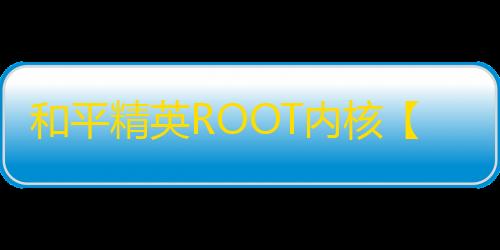
和平精英ROOT内核【战神】外挂
- 和平精英透视挂免费使用 和平精英科技大老 978和平精英辅助 和平精英外挂软件代码
- 2025-07-02 10:53:18
-引擎好绘制-方框-射线-血量-手持武器-人机识别-雷达显示-物资显示--预判自瞄-扫车扫马- 6倍秒人-全网无十年项目-支持root和平精英外挂查看
-
Android/ios/pc
适用于和平精英安卓辅助、模拟器辅助、苹果辅助 - 购买辅助
和平精英ROOT内核【战神】外挂


-引擎好绘制-方框-射线-血量-手持武器-人机识别-雷达显示-物资显示--预判自瞄-扫车扫马- 6倍秒人-全网无十年项目-支持root和平精英外挂查看
